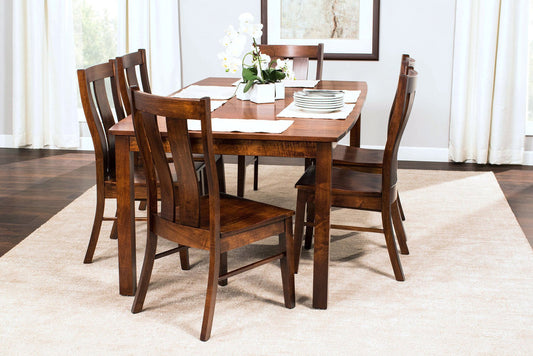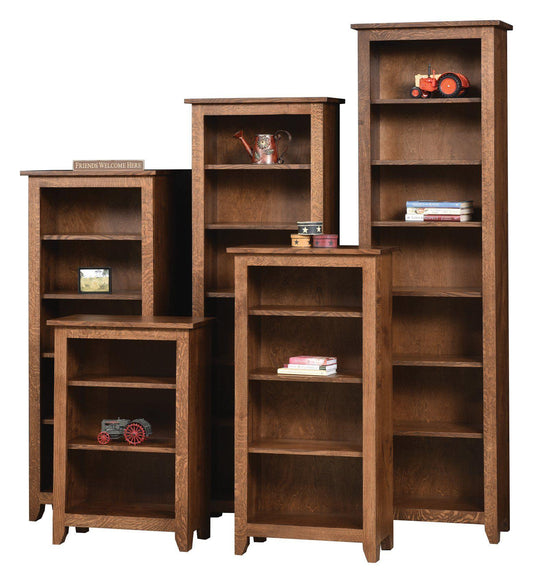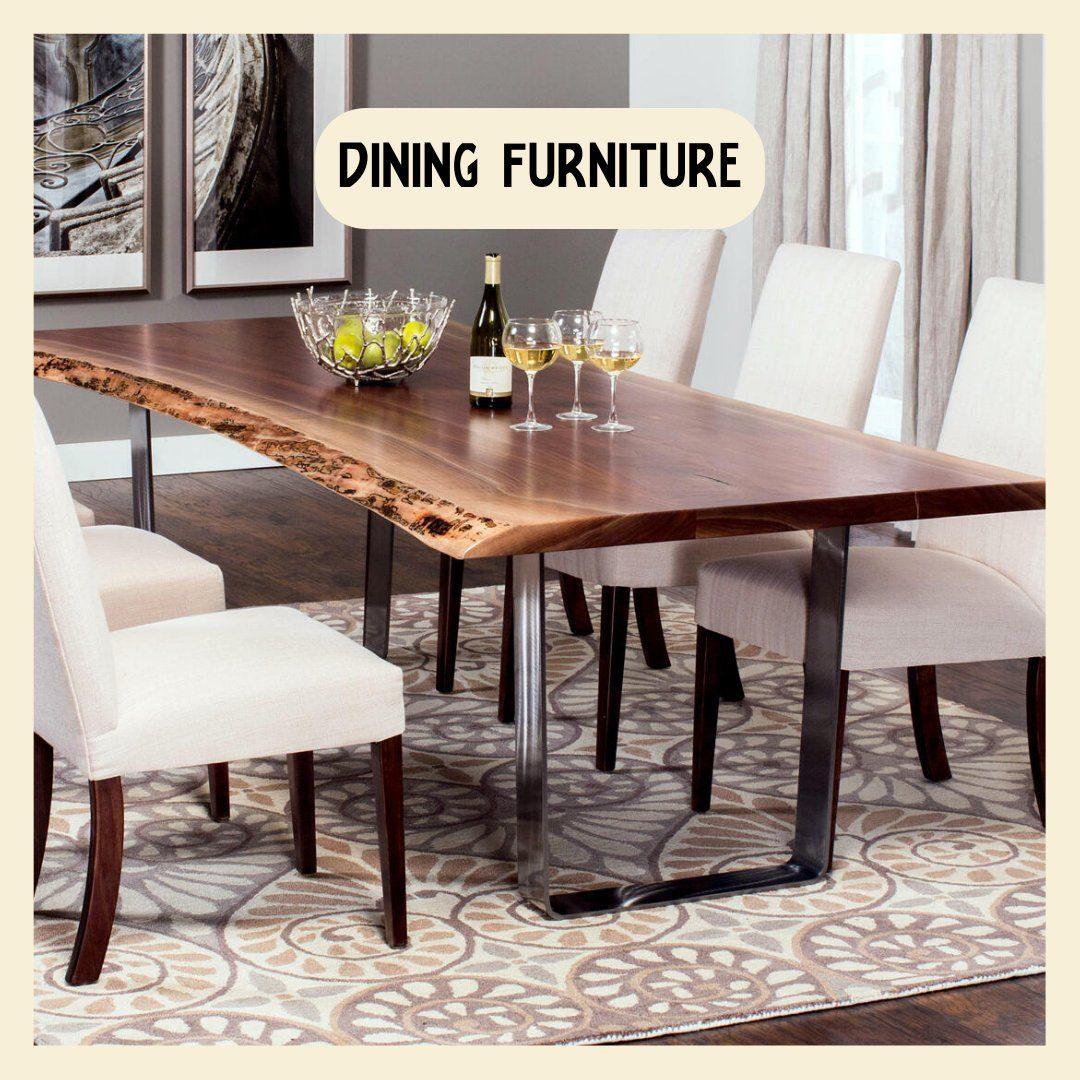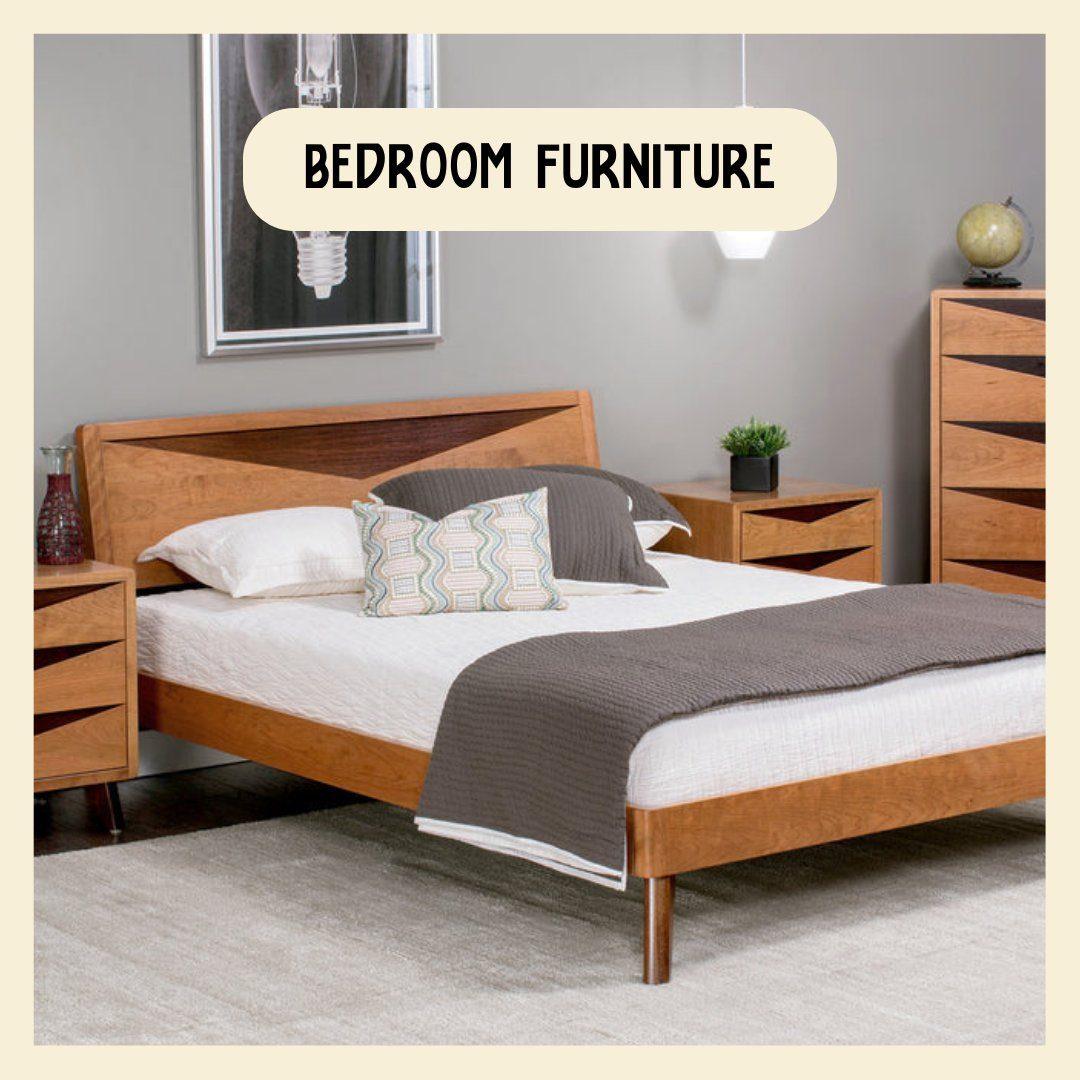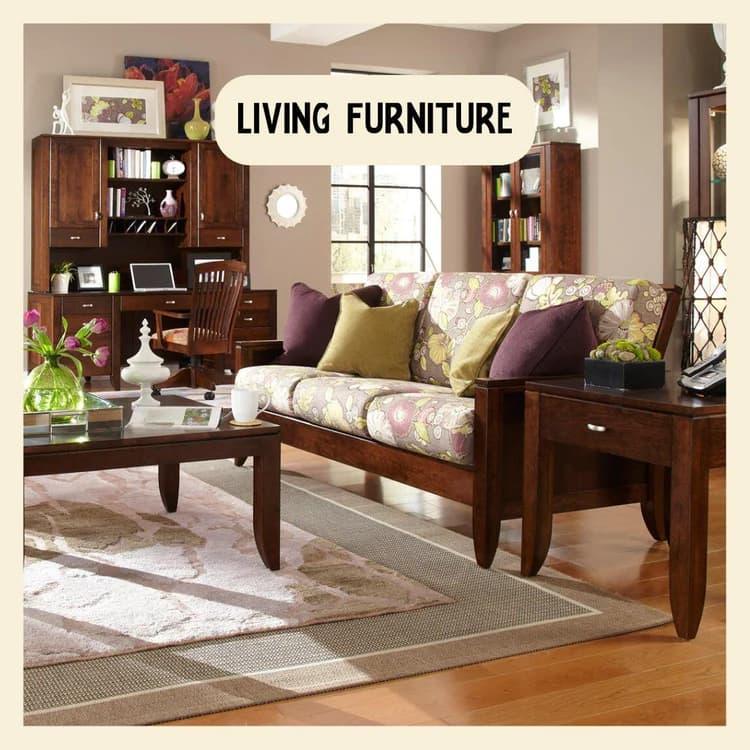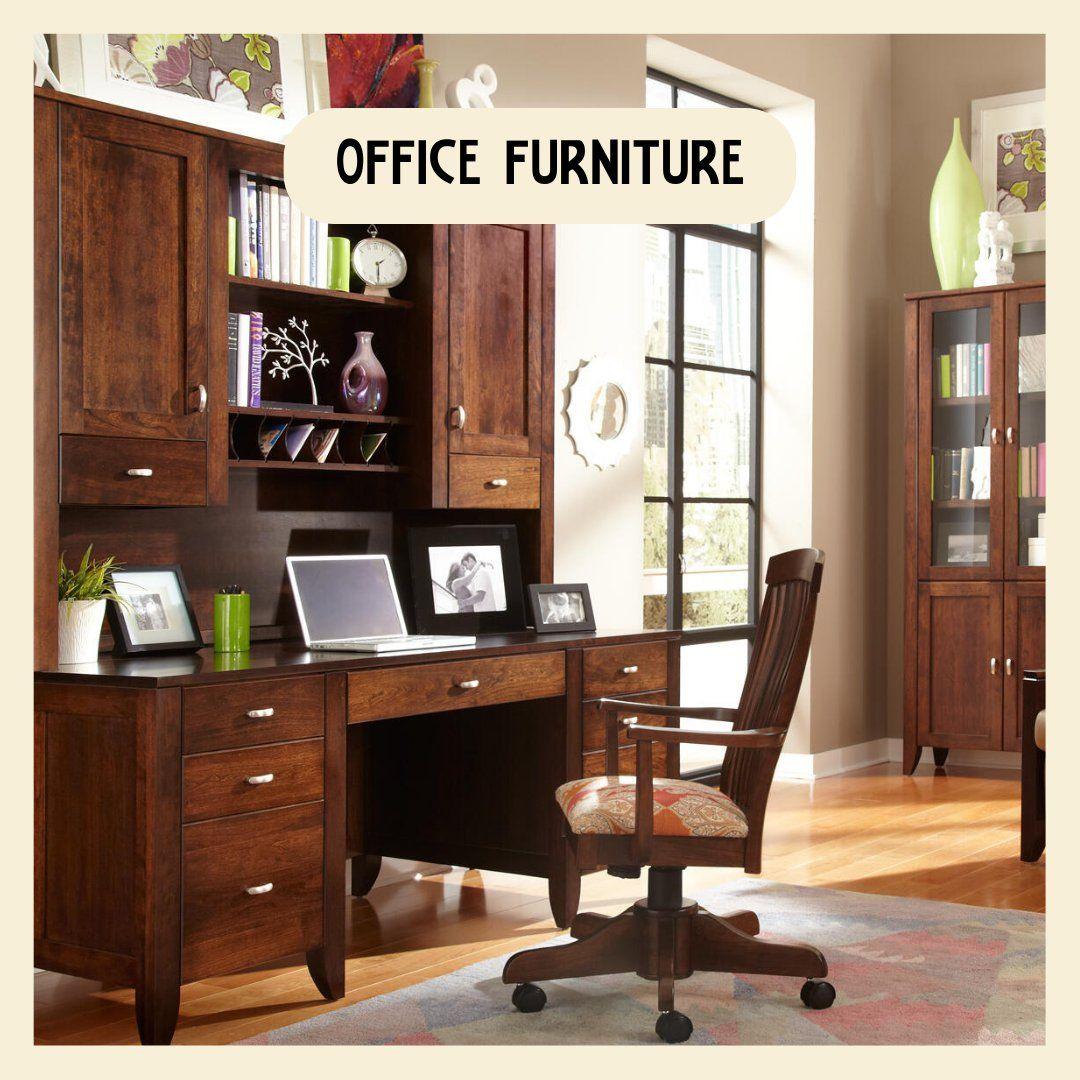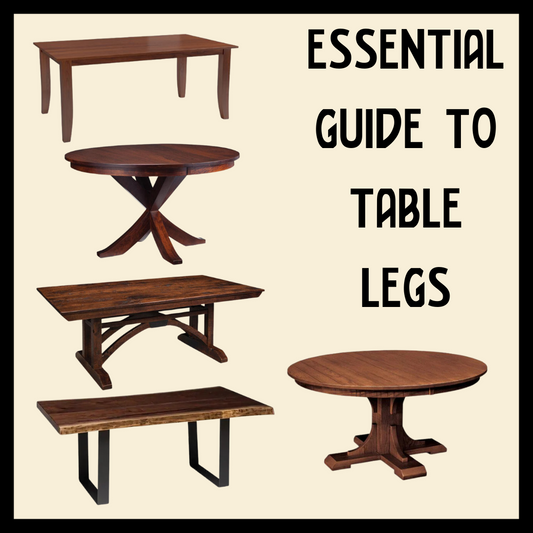How to Care for and Clean Upholstered Furniture
Quality upholstered furniture is built to take wear and tear like a pro, but it doesn’t mean you shouldn’t do your part to keep it looking its very best. Life happens and sometimes you’ve got to clean it up!
Upholstered furniture is probably the most used and abused - serving as a place to sleep, a place to eat, a place to play and place for pets - to name just a few. Spills, stains and wear over the course of time happen to even the most careful and cleanest of people. This doesn’t mean you declare it off-limits to all food, drinks, pets or even kids. You simply need to know how to care for and clean your upholstered pieces to minimize the effects of accidents.
Whether you’re looking for general maintenance or ways to remove tough stains, this easy-to-use guide will walk you through how to keep your sofas and chairs looking good as new in the midst of whatever living life looks like in your home.
1. Know the Cleaning Codes
Upholstered furniture, just like the fabrics your clothes are made of, are subject to oils from skin and hair, dust and spills. Just like your clothes, there are cleaning guidelines.
Look underneath your furniture or a cushion for the recommended cleaning method. Quality furniture will have an extra swatch of fabric included with information about the fabric type. Here’s what those letters mean:
W = Water based (Use water-based cleaning agents)
S = Solvent Based (Use only dry cleaning or water-free solvents and be sure room is well ventilated with no open flames in the vicinity)
WS = Water or Solvent (Use either type of cleaning product)
X = Professional Cleaning Required (Vacuum or a professional cleaning only, home cleaning products will cause staining or shrinking)
2. Get the Fabric Wearability Code
Most people don’t think about it or even know it exists, but the wearability number will give you a better sense of the longevity of your upholstered pieces.
In the United States, the durability of fabric is tested most commonly using the Wyzenbeek test. It consists of a piece of fabric being rubbed repeatedly by a mechanized arm to determine durability. Each back and forth motion of the arm counts as one double-rub. The test simulates normal use and wear of upholstery over time. It continues until significant signs of wear are showing.
Approximately 3,000 double-rubs equates to one year of use. While you can find upholstery on the lower end of the scale (3,000-15,000), it will wear out much sooner. High quality sofas and chairs will typically have ratings of greater than 20,000.
If you don't see this information on your swatch, just ask your furniture dealer. They should have all of the fabric information handy.
3. Know How Often to Clean
Vacuuming should be done weekly as part of your normal cleaning routine with general upholstery cleaning and stain removal done on a quarterly or as-needed basis.
Keep in mind that even if some of your pieces aren’t used that often, they still have plenty of surfaces on which dust can accumulate. Don’t forget to wipe down any wood or metal (such as the legs) with warm water and dry with a clean towel immediately.
4. General Upholstery Cleaning
Giving your upholstered furniture a little TLC during your normal cleaning routine will go a long way in keeping it looking nice.
-
Vacuum
- Do once a week (or monthly for furniture not used much)
- Use a hand vacuum or brush attachment with soft bristles to clean the surface area
- If cushions are unattached, remove them and vacuum both sides
- Don’t forget the sides and back of the couch or chair
-
General Clean - if an overall cleaning is needed, do after vacuuming
-
Mix Solution
- Use a cleaning solution of 1 teaspoon dishwashing liquid to 1 gallon warm water
-
Wipe fabric
- Use sponge or microfiber cloth (wrung out to damp) and apply cleaning solution to surfaces furniture
- Avoid getting water on metal components which can rust
-
Rinse and dry
- Use clean sponge dipped in clean water
- Blot with towel and allow to air dry
- A fan can be used to speed up the process, but no direct heat like a hairdryer
-
Call in a professional
- Give your upholstered furniture renewed life once or twice every 2 years by having the overall color and nap of the fabric restored
- Professional cleaning will eliminate trapped odors that you may not even notice were there
-
Mix Solution
5. Removing Stains
Calling in professionals is necessary if your furniture has an ‘X’ code or for stubborn stains that have “set in” and may be too difficult to remove by DIY cleaning products.
If you can catch the spill quickly, the following tips will help to remove the stain before it sinks deeper or spreads.
-
Spot Clean
-
Blot excess mess with dry towel, rotating often to not transfer the stain
- If mess is solid, use edge of dull knife or credit card to lift away solid
- Never rub mess or it’ll be pushed deeper into fabric
-
Mix solution
- If water-based solution can be used, Stylus recommends mixing ¼ teaspoon enzyme laundry detergent (like Tide or Cheer) with 1 cup warm water
- Check with furniture maker for solvent-based recommendations
-
Apply Solution
- If possible, do with a spray bottle and rub gently with a soft bristle brush
- Clean sponge can also be used, rotating often to not transfer the stain
-
Dry and rinse
- Blot moisture with clean towel and rinse
- Repeat until solution is completely out of fabric - soap attracts more dirt!
- Allow to air dry
-
Blot excess mess with dry towel, rotating often to not transfer the stain
That was easy!
Reading this quick how-to guide means you’re 99% of the way to having beautiful looking upholstered furniture for years to come. The other 1% is reserved for those times when you’ll need to put these steps into action. Just keep it bookmarked and have confidence that you’ll know what to do!
Keep in mind that no fabric will last forever, and that after 10 or 15 years you may just be bored of the look as well. Quality furniture is easy to reupholster. Just use this same guide to help you pick your new fabric and know how to clean it!



